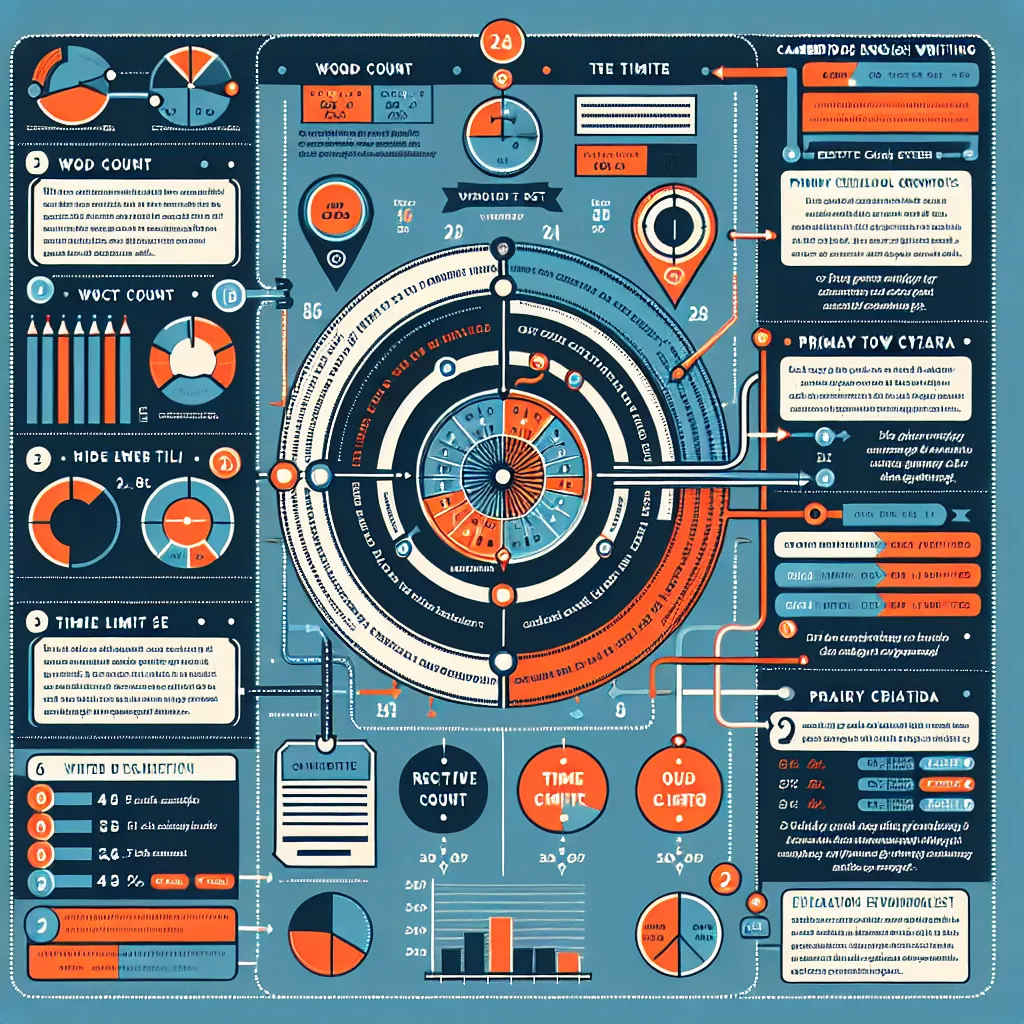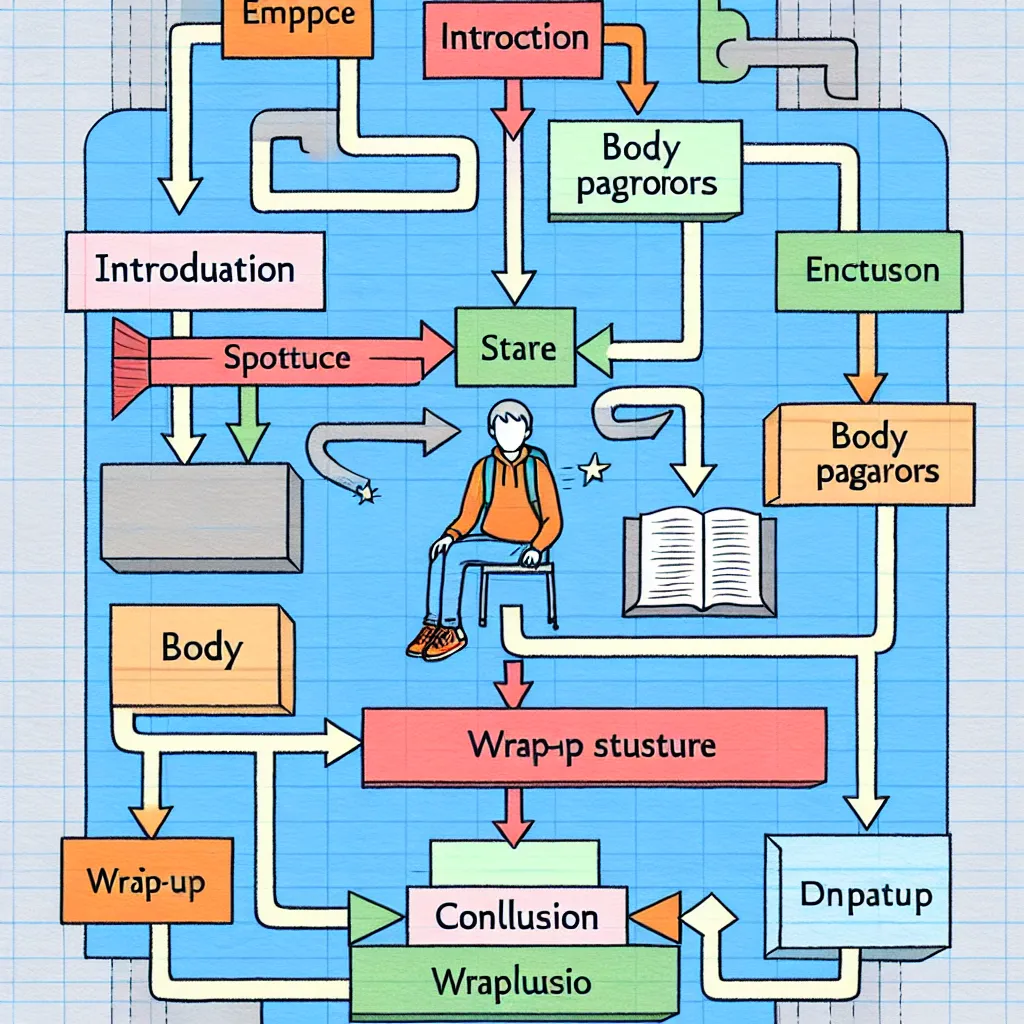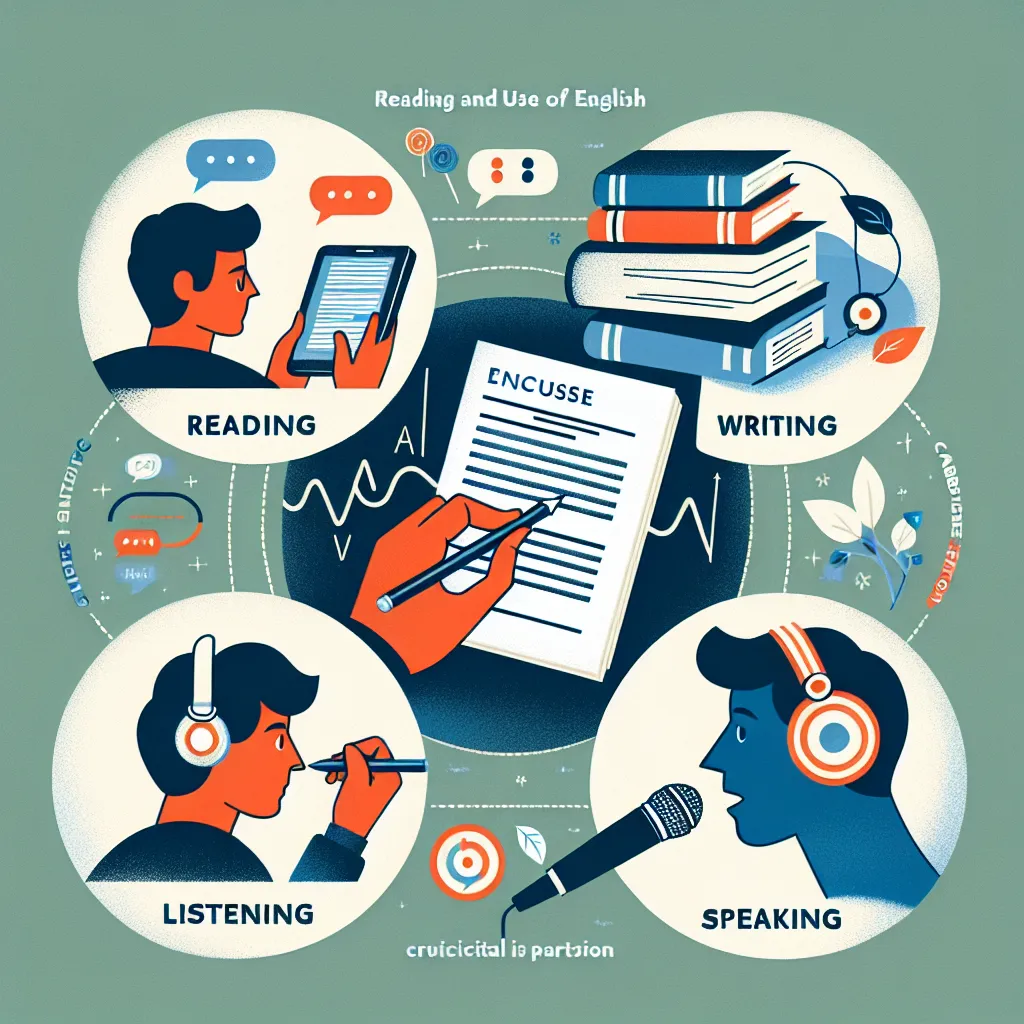Are you preparing for the Cambridge English exams and feeling uncertain about how to approach Writing Task 2? You’re not alone. Many students find this task challenging, but with the right structure, you can significantly improve your chances of success. In this comprehensive guide, we’ll explore the best structure for Cambridge Writing Task 2, providing you with valuable insights and practical tips to help you excel in your exam.
Understanding Cambridge Writing Task 2
Before we dive into the structure, it’s essential to understand what Cambridge Writing Task 2 entails. This task is a part of various Cambridge English exams, including FCE (B2 First), CAE (C1 Advanced), and CPE (C2 Proficiency). In this task, you’re typically asked to write an essay on a given topic, expressing your opinion and supporting it with relevant examples and arguments.
 Cambridge Writing Task 2 overview
Cambridge Writing Task 2 overview
Why Structure Matters
Having a clear and logical structure is crucial for several reasons:
- It helps you organize your thoughts coherently.
- It makes your essay easier for the examiner to follow and understand.
- It ensures you cover all necessary points and meet the task requirements.
- It can boost your score in the ‘Organisation’ criterion of the marking scheme.
The Ideal Structure for Cambridge Writing Task 2
Now, let’s break down the best structure for your Cambridge Writing Task 2 essay:
1. Introduction
Your introduction should:
- Paraphrase the question to show understanding of the topic
- State your position or opinion clearly
- Provide a brief outline of what you’ll discuss in the essay
Example:
“In recent years, the debate over whether schools should focus more on academic subjects or practical skills has intensified. While both areas are undoubtedly important, I believe that a balanced approach, with a slight emphasis on academic subjects, is most beneficial for students’ future success.”
2. Main Body Paragraph 1
In this paragraph:
- Present your first main argument or point
- Support it with relevant examples or evidence
- Explain how this point relates to your overall position
Example:
“Firstly, a strong foundation in academic subjects is crucial for developing critical thinking skills. For instance, studying mathematics and sciences teaches students logical reasoning and problem-solving abilities that are applicable across various fields…”
3. Main Body Paragraph 2
This paragraph should:
- Introduce your second main argument or point
- Provide supporting evidence or examples
- Link this point back to your overall argument
Example:
“Furthermore, academic subjects often provide the necessary knowledge base for higher education and many professional careers. For example, a solid understanding of literature and history is essential for fields such as law, journalism, and international relations…”
4. Main Body Paragraph 3 (Optional)
If time and word count allow, you can include a third body paragraph:
- Present a counterargument or alternative viewpoint
- Acknowledge its validity but explain why your position is stronger
- Use this to strengthen your overall argument
Example:
“While it’s true that practical skills are increasingly valued in the job market, it’s important to note that these can often be acquired through internships or on-the-job training. Academic subjects, on the other hand, provide a broader intellectual foundation that is harder to develop later in life…”
5. Conclusion
Your conclusion should:
- Summarize your main points
- Restate your position
- Provide a final thought or recommendation
Example:
“In conclusion, while both academic subjects and practical skills have their merits, I believe that schools should prioritize academic subjects slightly more. This approach ensures students develop crucial critical thinking skills and a broad knowledge base, while still leaving room for practical skill development. Ultimately, a well-rounded education that leans towards academic subjects will best prepare students for the challenges of higher education and diverse career paths.”
Key Tips for Structuring Your Essay
- Use clear topic sentences to introduce each main point.
- Ensure smooth transitions between paragraphs for better coherence.
- Maintain a consistent argument throughout the essay.
- Use a variety of cohesive devices to link ideas within and between paragraphs.
- Stick to the recommended word count (usually 250-280 words for FCE, 220-260 for CAE, and 280-320 for CPE).
 Essay Structure Diagram
Essay Structure Diagram
Common Mistakes to Avoid
When structuring your Cambridge Writing Task 2 essay, be careful to avoid these common pitfalls:
- Writing an overly long introduction or conclusion
- Including irrelevant information that doesn’t support your main argument
- Failing to express a clear opinion or position on the topic
- Neglecting to use examples to support your points
- Writing excessively long or short paragraphs
Practice Makes Perfect
Remember, mastering the structure of Cambridge Writing Task 2 takes practice. Here are some steps you can take to improve:
- Analyze sample essays to understand how effective structures work
- Practice writing timed essays using past exam questions
- Get feedback from teachers or language exchange partners
- Review and reflect on your essays, focusing on improving your structure each time
Conclusion
Mastering the structure for Cambridge Writing Task 2 is a crucial step towards achieving a high score in your exam. By following the outline provided – introduction, 2-3 main body paragraphs, and conclusion – you’ll be able to present your ideas clearly and coherently. Remember to support your arguments with relevant examples, maintain a logical flow throughout your essay, and practice regularly to refine your skills.
With consistent effort and the right approach, you’ll be well on your way to excelling in Cambridge Writing Task 2. Keep practicing, stay confident, and good luck with your exam preparation!




